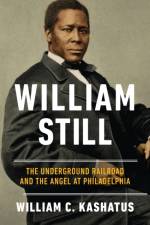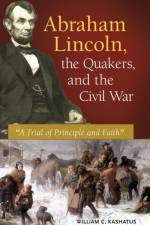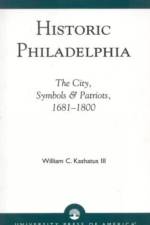av William C. Kashatus
449 - 529,-
The first full-length biography of William Still, one of the most important leaders of the Underground Railroad.William Still: The Underground Railroad and the Angel at Philadelphia is the first major biography of the free black abolitionist William Still, who coordinated the Eastern Line of the Underground Railroad and was a pillar of the Railroad as a whole. Based in Philadelphia, Still built a reputation as a courageous leader, writer, philanthropist, and guide for fugitive slaves. This monumental work details Still's life story beginning with his parents' escape from bondage in the early nineteenth century and continuing through his youth and adulthood as one of the nation's most important Underground Railroad agents and, later, as an early civil rights pioneer. Still worked personally with Harriet Tubman, assisted the family of John Brown, helped Brown's associates escape from Harper's Ferry after their famous raid, and was a rival to Frederick Douglass among nationally prominent African American abolitionists. Still's life story is told in the broader context of the anti-slavery movement, Philadelphia Quaker and free black history, and the generational conflict that occurred between Still and a younger group of free black activists led by Octavius Catto.Unique to this book is an accessible and detailed database of the 995 fugitives Still helped escape from the South to the North and Canada between 1853 and 1861. The database contains twenty different fields-including name, age, gender, skin color, date of escape, place of origin, mode of transportation, and literacy-and serves as a valuable aid for scholars by offering the opportunity to find new information, and therefore a new perspective, on runaway slaves who escaped on the Eastern Line of the Underground Railroad. Based on Still's own writings and a multivariate statistical analysis of the database of the runaways he assisted on their escape to freedom, the book challenges previously accepted interpretations of the Underground Railroad. The audience for William Still is a diverse one, including scholars and general readers interested in the history of the anti-slavery movement and the operation of the Underground Railroad, as well as genealogists tracing African American ancestors.






